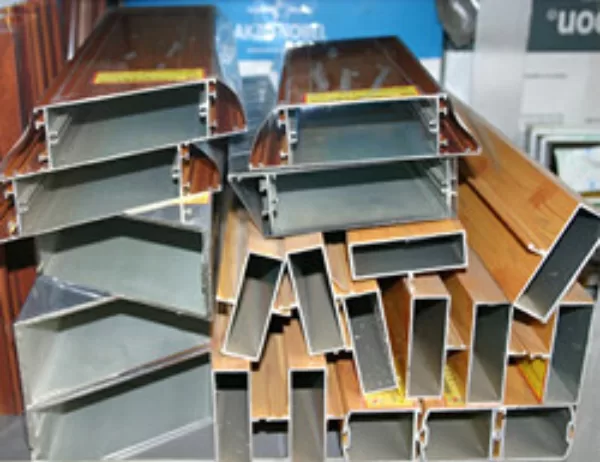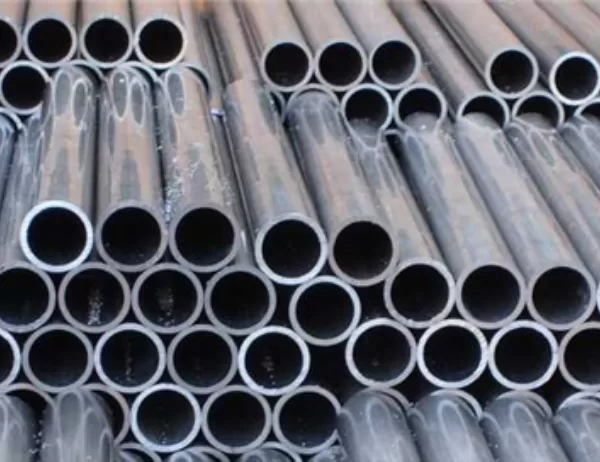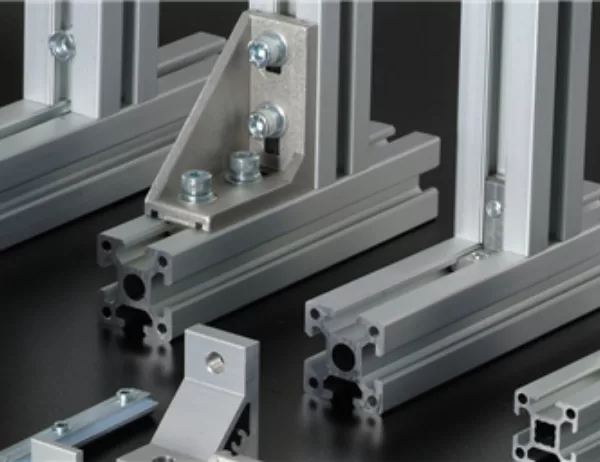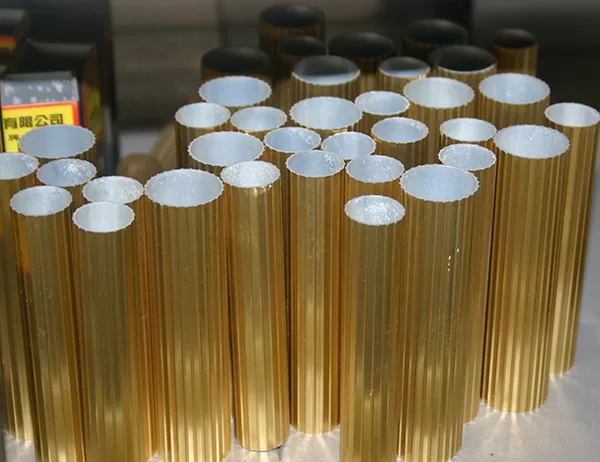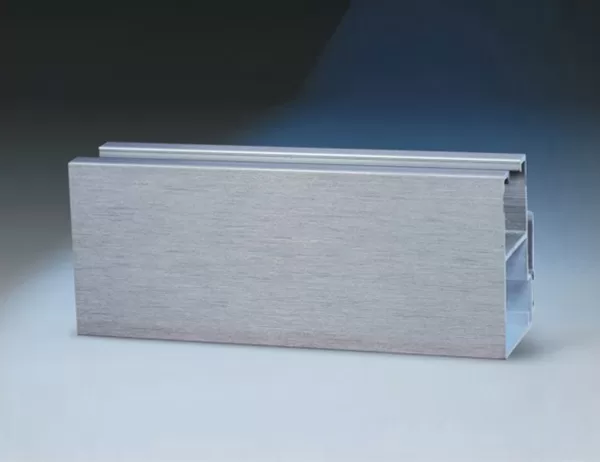How to Choose the Right Aluminum Formwork System for Your Project: A Comprehensive Guide
When embarking on a construction project, the selection of the appropriate aluminum formwork system is paramount to ensure efficiency, cost-effectiveness, and superior structural outcomes. With the plethora of options available in the market, navigating the decision-making process can be daunting. This comprehensive guide will empower you with the knowledge and insights to choose the optimal aluminum formwork system for your project’s unique requirements.
Understanding Aluminum Formwork Systems
Aluminum formwork systems are modular, temporary structures used to shape and support concrete during construction. They offer numerous advantages, including lightweight, durability, ease of assembly, and reusability. The choice of a system depends on several key factors:
Project Type: Different types of projects, such as high-rises, bridges, and tunnels, have specific formwork requirements.
Concrete Requirements: The desired concrete finish, reinforcement, and placement method influence the formwork selection.
Structural Loads: The system must withstand the loads imposed during concrete placement and curing.
Labor Availability and Skill: The complexity of the system affects the labor requirements and training needs.
Types of Aluminum Formwork Systems
The market offers a range of aluminum formwork systems, each with its own strengths and applications:
Single-Sided Formwork: Used for one-sided concrete structures, such as walls and columns.
Double-Sided Formwork: Suitable for two-sided concrete structures, such as slabs and beams.
Curved Formwork: Designed to create curved concrete surfaces, ideal for architectural elements.
Climbing Formwork: Ascends along the structure as construction progresses, minimizing crane usage.
Flying Formwork: Suspended from overhead structures, often used in bridge and tunnel construction.
Evaluation Criteria
To select the optimal system, consider the following evaluation criteria:
Load Capacity: Ensure the system can handle the expected loads during construction.
Versatility: Choose a system that can accommodate different concrete shapes and sizes.
Ease of Use: Prioritize systems that are easy to assemble, disassemble, and clean.
Durability: Opt for systems made from high-quality aluminum that can withstand multiple uses.
Cost-Effectiveness: Consider both the initial cost and long-term savings in terms of labor and material consumption.
Conclusion
Selecting the right aluminum formwork system is a crucial decision that can significantly impact the success of your construction project. By thoroughly understanding the available systems, evaluating them against your specific requirements, and considering the key evaluation criteria, you can make an informed choice that optimizes efficiency, reduces costs, and ensures superior structural outcomes.
